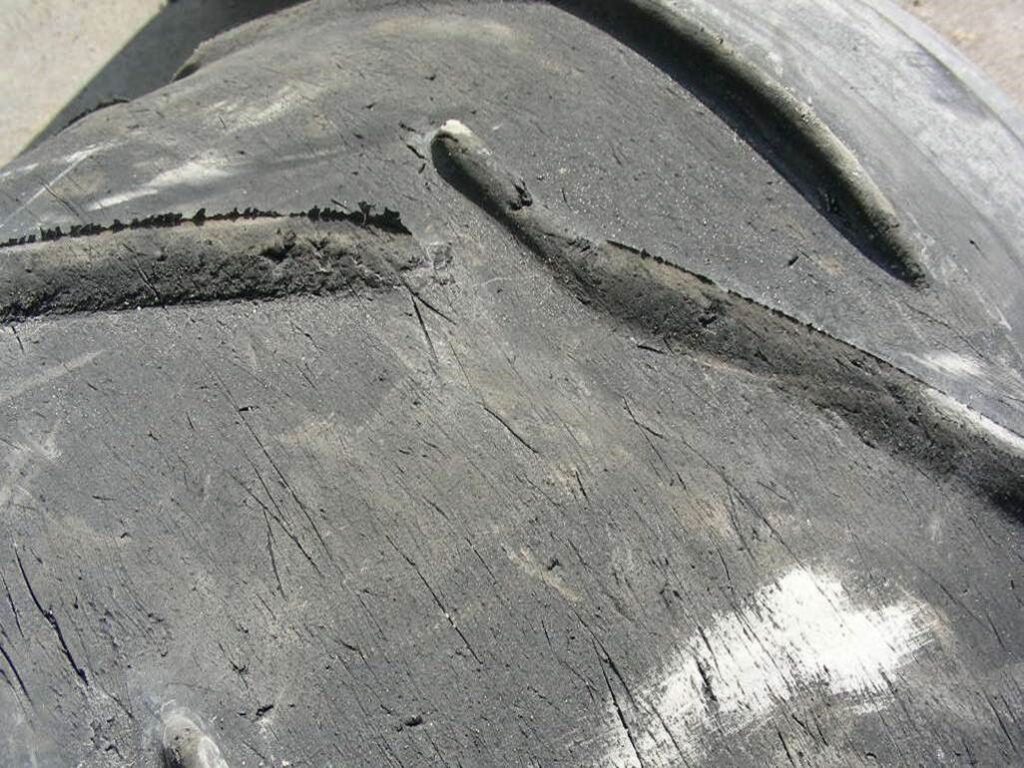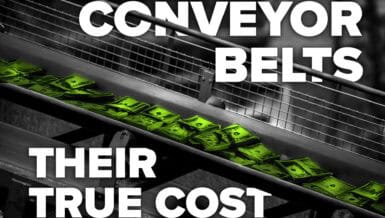Wear and tear.
The first fact is that the ability of rubber to withstand surface wear is not due to its ‘abrasion resistance’ alone. Wear resistance is a combination of overall strength, resistance to abrasion and, very importantly, resistance to cut and tear propagation.
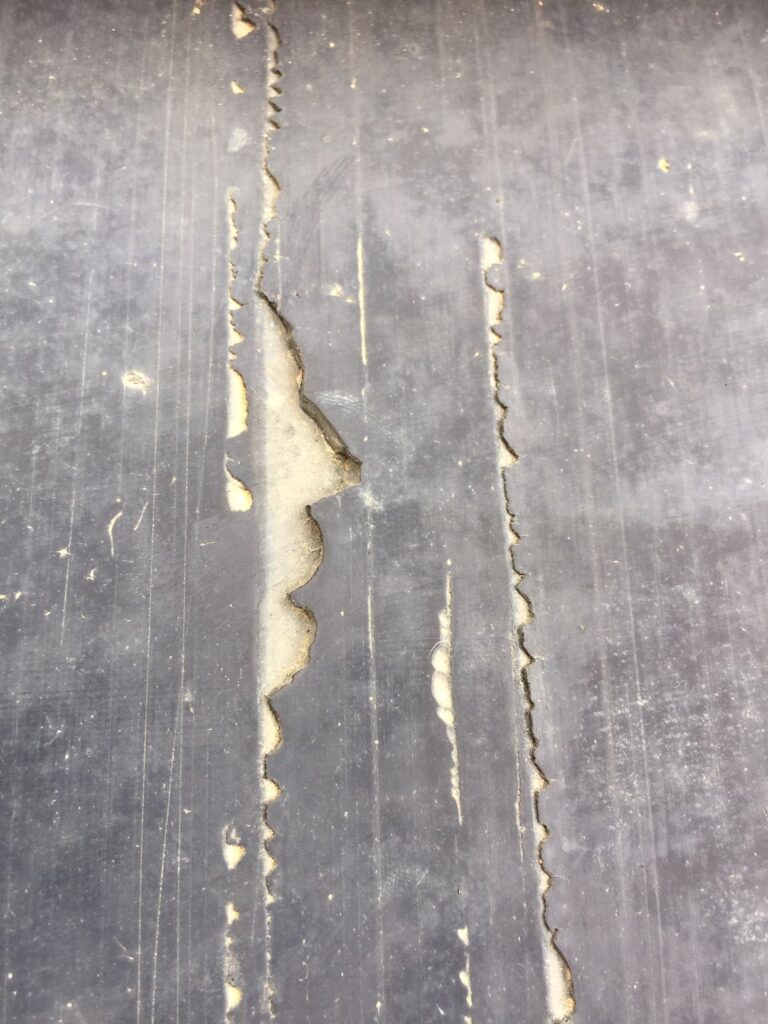
Although increasing the cover specification may seem a logical solution, it is not necessarily the answer. One manufacturer’s DIN Y (ISO 14890 L) used for normal service conditions can often be more durable and more wear resistant than another manufacturer’s higher specification DIN X (ISO 14890 H) or even DIN W (ISO 14890 D), which are usually reserved for heavier-duty applications. Laboratory testing regularly exposes instances of belts claimed to be DIN X or DIN W that fail to even achieve the DIN Y standard. As with all forms of cover damage, the answer lies with the quality of the rubber. However, what can be guaranteed by increasing the cover specification is a higher price and, most likely, a longer lead time because non- DIN Y (ISO 14890 L) belts are usually only available by special order.
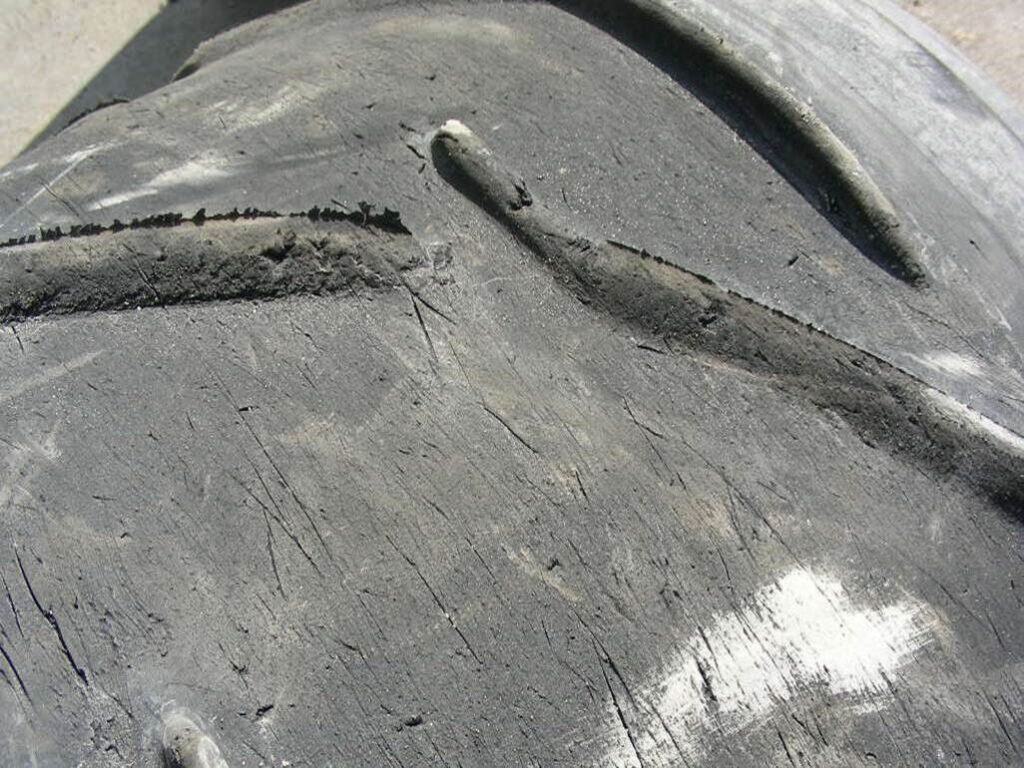
Another fact of life is that simply having thicker covers does not solve wear and tear problems because, invariably, the cause the primary cause of surface damage is low grade rubber with an inadequate resistance to abrasive wear, cutting and gouging. As previously mentioned, it is the physical properties of the rubber that have the biggest influence on its ability to resist wear and tear.
Much also depends on the overall strength of the rubber and its resistance to cut and tear propagation because even in an extra thick cover, a small area of damage can easily increase in size due to the continuous flexing around the drums and pulleys. In time, this spreads and links up with another area of damage causing small pieces of rubber to be cut out from the surface rather than being simply worn thinner.
Rip, tear and impact resistance.
Yet another fact that flies in the face of popular belief is that increasing the tensile strength and/or adding more plies is very rarely solves rip, tear and impact damage problems. The greatest influence on the strength and other essential physical properties needed to minimise this type of damage is the design and quality of the carcass ply material. In fact, increasing tensile strength and adding more plies both cause other problems. Firstly, the belt becomes heavier and less flexible in both length and width. Reduced longitudinal flexibility normally necessitates an increase in the diameter of the drive pulley. Increasing tensile strength by just one step usually means an increase in diameter of 25% or more. Failure to do so can result in carcass failure due to dynamic stress.
Throwaway belts.
Some believe that fitting good quality belts is a waste of money because they will quickly get destroyed regardless of the quality, so they resort to fitting cheap, imported sacrificial or ‘throwaway’ belts, usually imported from Southeast Asia. This is neither a good technical nor economical solution. The reason why any belt is prone to damage is that the rubber and the inner fabric plies are simply not suitable for the task and the cheaper the belt the more likely it is to fail prematurely. It is a well-known fact that the materials, such as the rubber and the fabric plies, represent up to 70% of the cost of making a conveyor belt. Consequently, the only way to make a cheap belt is to use cheap, sub- standard, unregulated materials, which directly leads to more frequent stoppages for repairs and a much shorter belt life.
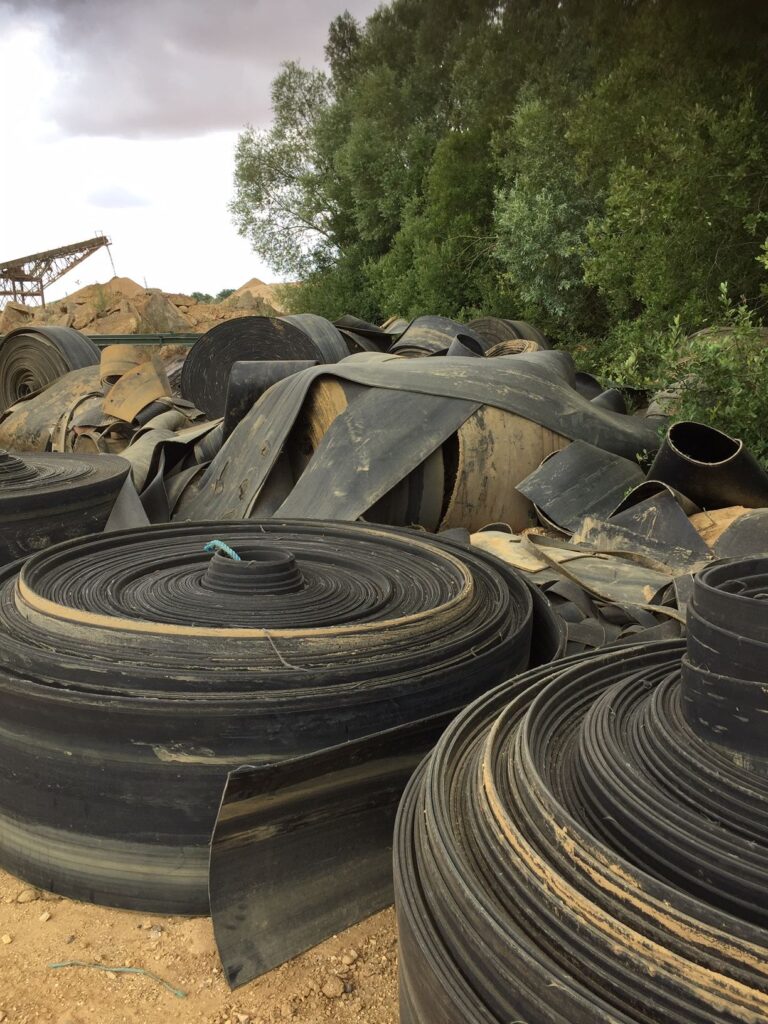
The only genuine solution is to fit a conveyor belt that has been specifically engineered to withstand the kind of punishment that would destroy a normal belt. Despite the higher purchase price, they are definitely the most cost-effective solution by far because they use uniquely designed fabric plies that allow the nylon weft strands to stretch. As the belt is being pulled through a sharp trapped object, the strands gather into a bundle that eventually becomes strong enough to stop the belt rather than propagate over a much long distance. The design of the fabric weave also allows energy created by heavy impact to be dissipated over a much wider area. Such belts can easily last up to 400% longer (or more) compared to conventional belt, making them considerably cheaper in the long run.
Ozone & ultraviolet damage.
Another misguided belief is that the damage caused by ozone (O3) and ultraviolet light (UV) only really effects high altitudes and sunny climates when the fact is that this is patently incorrect. Ground level, “harmful” ozone, is not emitted directly into the air but is created by the photolysis of nitrogen dioxide (NO2) from automobile exhaust and industrial discharges.
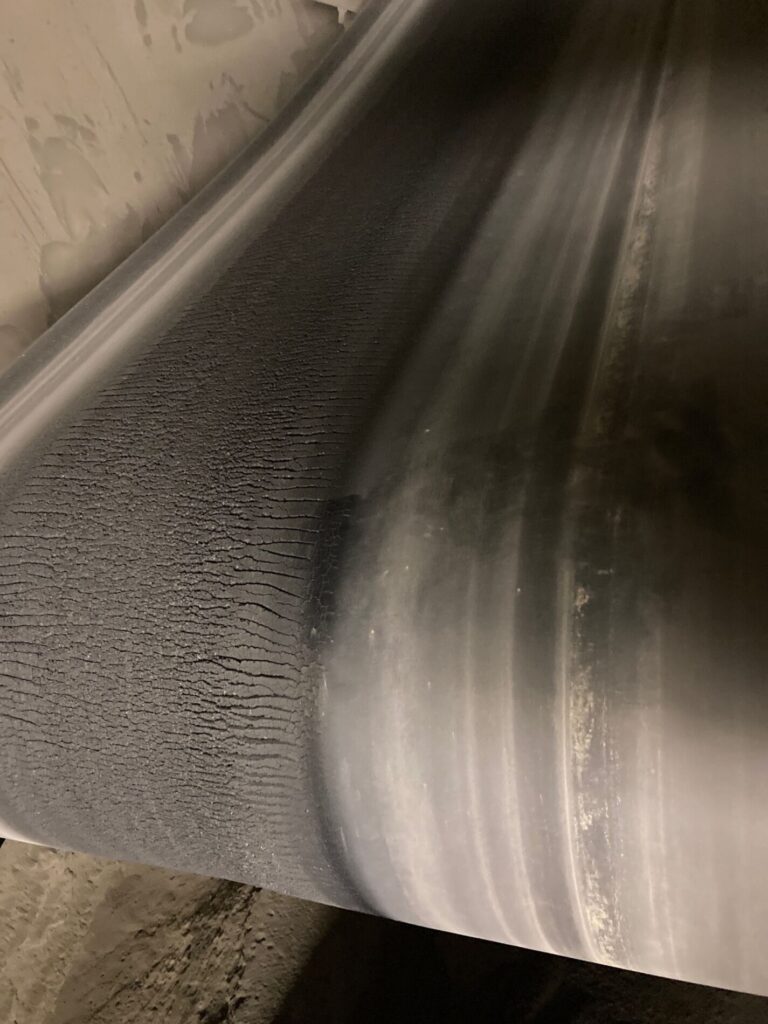
The reaction is known as ozonolysis and even the tiniest traces of ozone in the air will attack the molecular structure of rubber. It has a major effect on belt life because it causes premature ageing by increasing the acidity of carbon black surfaces. The first signs are cracks that appear on the surface of the rubber. Further attacks occur inside the freshly exposed cracks, which continue to grow steadily until they complete a ‘circuit’ and the product separates or fails.
There is a very strong link between ozone and UV degradation and low grade ‘economy’ belting, especially belts imported from Southeast Asia. Although the inclusion of antioxidants in the rubber can easily prevent the problem, research shows that some 90% of belts sold in Europe, Africa and the Middle East are not resistant because the antioxidants are regarded as an avoidable cost in the drive to achieve the lowest possible selling price. When new, the weakness may not be apparent but it will certainly present itself within a few short months, sometimes within weeks. It is therefore essential to insist on a guarantee of ozone and UV resistance from the supplier.



